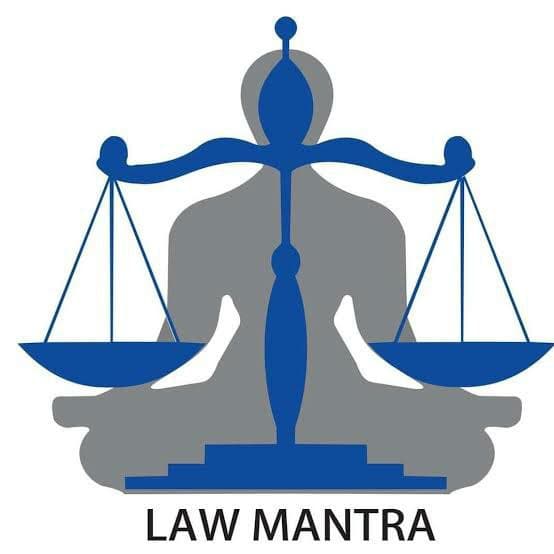Deciding Authority: Supreme Court of India
Name of the Judges: Justice Harjit Singh Bedi, Justice R.M. Lodha
Date of Judgment: 7 October 2010
Facts of the Case: The deceased Vasudha @ Sangeeta was the daughter of Chandrakant Kumbhar (PW.4). Vasudha had married to the appellant, Laxman Ram Mane, on 16th May 1990, about one and a half years prior to the date of incident, and after the marriage the couple resided in the matrimonial home. As per the prosecution story Vasudha had gone to her parents’ home about one month prior to the incident and had disclosed to her father and brother of her husband’s dalliance with a girl Pragati by name, and that he would often abuse and beat her. Chandrakant told Vasudha that he would talk to her husband on this issue after the harvesting season was over. A few days later, Chandrakant received a message that his daughter had drowned in the river. He along with his son (PW.3) Vilas and Pandharinath and other relatives then rushed to Pali and a complaint of a missing person was lodged at the Pali police station by Pandharinath. On the 9th August 1994 the police informed PW.4 that a dead body had been found near village Shiloshi, around 6k.m. away from the village of the appellant. API Ramesh Deshmukh who was then attached to the Pali police station, recovered the dead body which was identified by Chandrakant and Vilas. After the completion of the investigation, a charge-sheet was filed against the appellant and his two sisters for offences punishable under Section 498-A and Section 306 read with Section 34 of the IPC. The accused pleaded not guilty and were brought to trial. In the cross examination the suggestion made by the defence was that the deceased had gone out to answer the call of nature near the river and had accidentally slipped in. The Trial Court examined the various pieces of evidence, they being:
(1) the evidence of the brother and the father of the deceased PW.3 and PW.4 respectively;
(2) the evidence of Sunita Birwadkar (PW.2) a cousin of the deceased who deposed about the cruelty and harassment by the accused and
(3) the evidence of photographer S.N. Dadholkar (PW.5) who deposed that he had taken the photograph of the appellant with a young girl and that girl was identified as Pargati.
In the light of the aforesaid circumstances the Trial Court convicted the appellants for offences under Section 306 and Section 498-A of the IPC but acquitted his sisters. This judgment had been affirmed by the High Court in appeal.
Judgment: Mr. Vinay Navare, the learned counsel for the appellant, submitted that perusal of the Panchnama and the site plan revealed that the deceased could not have committed suicide but had in fact drowned in an accident when she had fallen into the river while answering the call of nature. He had finally argued that no offence under Section 498-A of the IPC was made out and that a mere illicit relationship of a husband with another woman did not amount to cruelty to the wife. After careful consideration of these arguments, the court observed that this is a matter under Article 136 of the Constitution by way of special leave. Two courts had found against the appellant on a minute appreciation of the evidence. The court found no reason to hold otherwise. The fact that the appellant had been misbehaving with his wife is in the evidence of PW.2 and PW.3 and PW.4. It had come in their statements that she was being harassed by the appellant and his sisters for various reasons and that the appellant would also side with his sisters. The sisters were already been given the benefit of doubt by the Trial Court and the Court did not have anything more to say on this aspect. It was clearly revealed that harassment meted out to the deceased and a presumption under Section 113-A of the Evidence Act must therefore be raised against the appellant as admittedly the accident happened about one and a half years after the marriage.
Ratio: An illicit relationship of a married man with another woman would clearly amount to cruelty within the meaning of Section 498-A. Even assuming for a moment that this did not amount to cruelty within the meaning of Section 498-A it could still be used as a piece of evidence of harassment and misbehaviour of the appellant towards the deceased.
Decision: The court found it difficult to believe that a woman who had been living in the area could have gone to answer the call of nature at a place where the water was 9 ft. deep and at a confluence of two rivers. It appeared that this was a case of suicide on account of harassment meted out to the deceased. The appeal was accordingly dismissed.
By: Roopali Mohan, 2nd Year, Vivekananda Institute of Professional Studies, New Delhi
